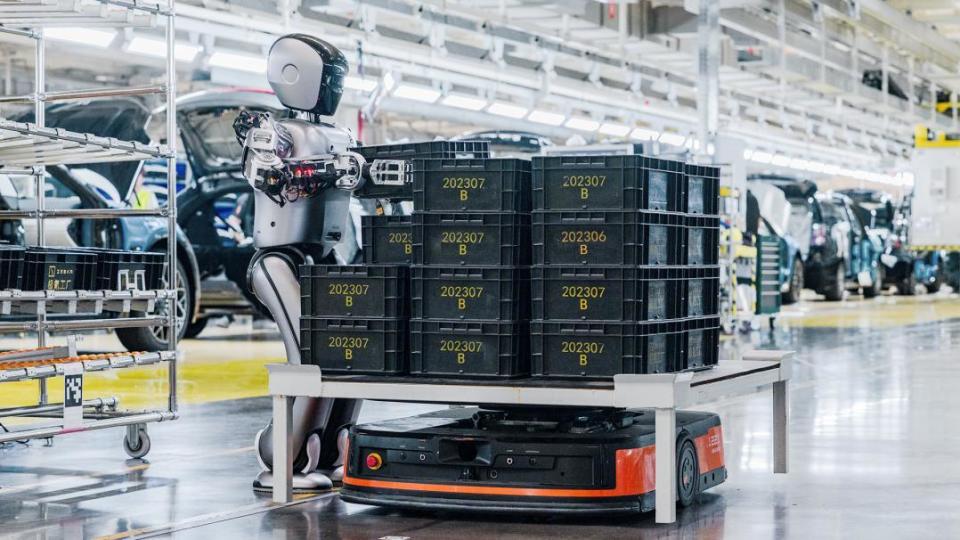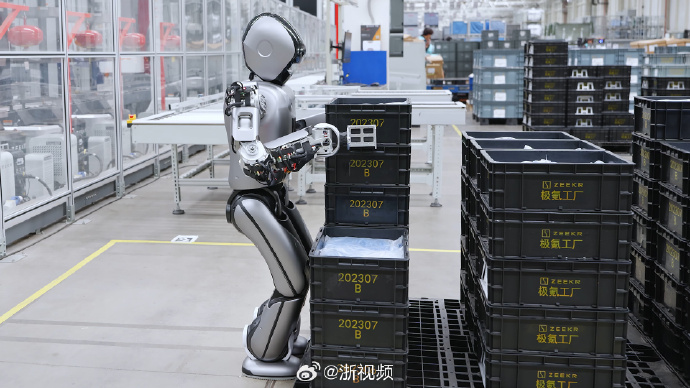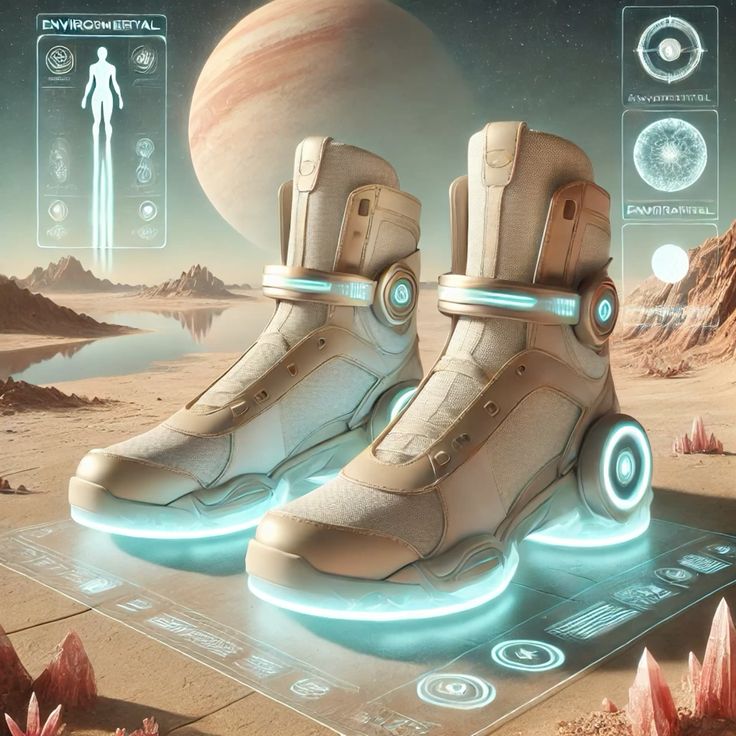The World's First! Humanoid Robot "Teamwork" Enters the Workshop
In the factory of the future, a group of "steelworkers" is busy at work. These are not ordinary robots, but humanoid robots with dexterous five-fingered hands, capable of running and jumping. Like a well-trained "special forces unit," they collaborate in the workshop, carrying out complex tasks such as sorting, transporting, and assembling. The vision of robots replacing workers to handle more strenuous and tedious tasks has long been imagined, and now, a Chinese factory has made this vision a reality. Recently, the world's first real-world training of multiple humanoid robots working together took place at Zeekrs G smart factory.

Hearing about robots performing tasks is no longer surprising in recent years many companies have already achieved this technological feat. But have you ever seen a team of robots working together? In the past, robots mostly operated as "lone soldiers," with each robot assigned a single task, such as welding, painting, or transportation. However, factory operations are far more complex. A single robot performing tasks is feasible in experimental settings or staged demonstrations, but real-world production demands are difficult to meet this way. Therefore, Chinese engineers decided to put humanoid robots "on stage as a team" to explore collaborative operations involving multiple robots across various scenarios and tasks.
During this training session, UBTECH's Walker S1 humanoid robots were deployed in several challenging areas, including the final assembly workshop, the SPS instrument zone, the quality inspection area, and the door assembly section. Like a "special forces team," they completed coordinated sorting, collaborative transportation, and precision assembly tasks. The Walker S1 robots functioned like a "robotic task force," each equipped with advanced sensors and intelligent algorithms.

Like secret agents, they used "eye contact" (visual perception technology) and "seamless coordination" (collaborative control technology) to execute tasks smoothly in the workshop. The Walker S1 robots also operated like a group of "detectives," utilizing "shared vision" to track targets. For example, when one robot identified a part that needed sorting, it immediately relayed the information to the others. The other robots then adjusted their positions and actions accordingly to ensure the task was completed efficiently. This "teamwork" transformed sorting into a carefully orchestrated "detective operation."

Walker S1 robots also functioned as powerful "movers," tasked with carrying a large sheet of glass together. Each robot acted as a "balance master," continuously adjusting its posture and force in real-time to keep the glass steady and prevent tilting or falling. This "synchronized coordination" made transportation resemble an "acrobatic performance"— both thrilling and precise. Not only could these robots handle heavy lifting, but they also demonstrated exceptional precision in delicate tasks. In precision assembly scenarios, the Walker S1 robots showcased their "dexterous hands" and
"meticulous touch." When handling soft, easily deformed thin-film materials, the robots employed high-precision sensing and adaptive control technology to dynamically adjust their grip strength and positioning, ensuring the materials remained undamaged and precisely aligned throughout the assembly process. It turns out that robots can be even more agile than humans; although their hands are rigid, their five fingers operate with remarkable flexibility and reliability.
This world-first multi-humanoid robot collaborative training not only provides a new solution for intelligent manufacturing but also advances the evolution of humanoid robots from "independent operation" to "collective intelligence." Currently, UBTECH has partnered with multiple leading companies, and its independently developed Walker S series industrial humanoid robots have successfully entered more automotive factories than any other in the world. In the future, these "steelworkers" will demonstrate their capabilities in even more factories. In tomorrow's factories, humanoid robots will become invaluable "assistants" to human workers. The physically demanding and even hazardous jobs of the past will now be entrusted to them is the true significance of the robotic revolution.
(Writer:Ganny)




